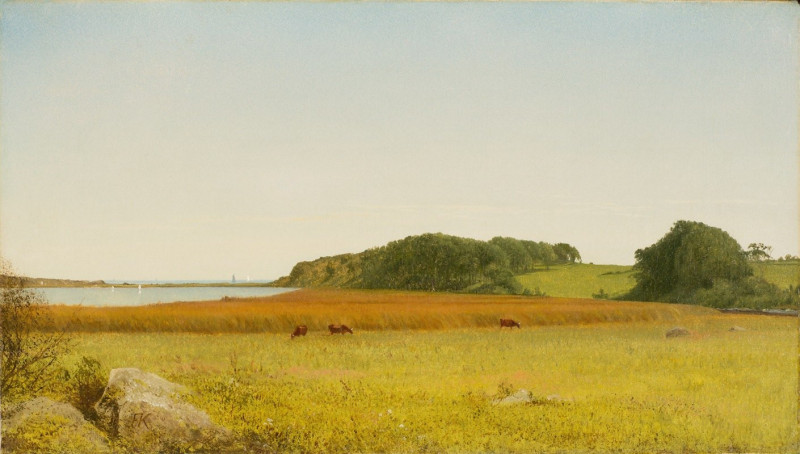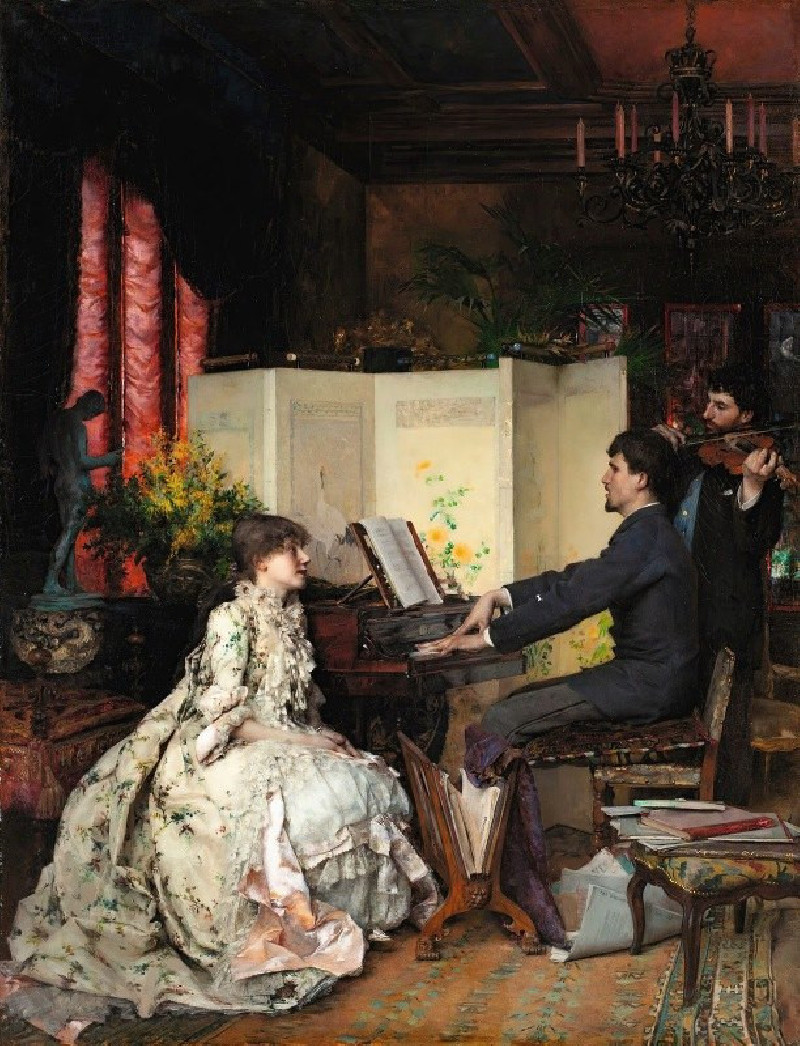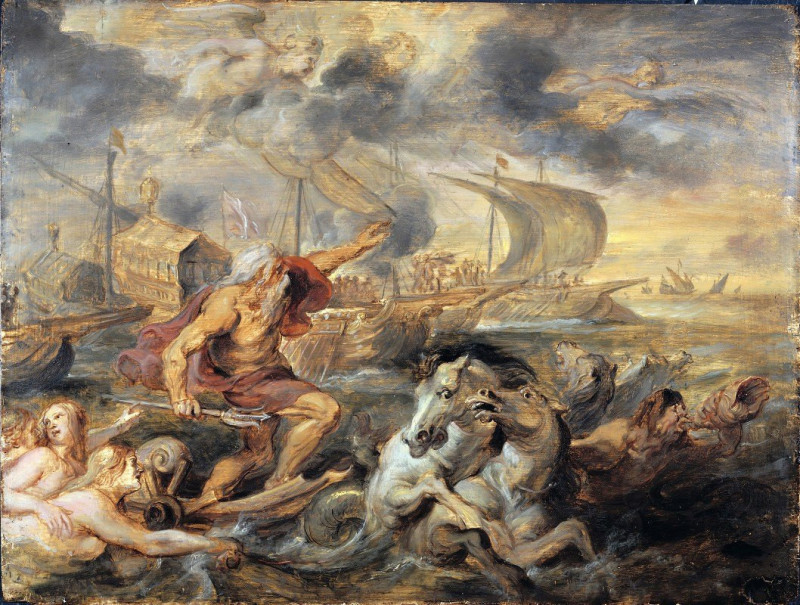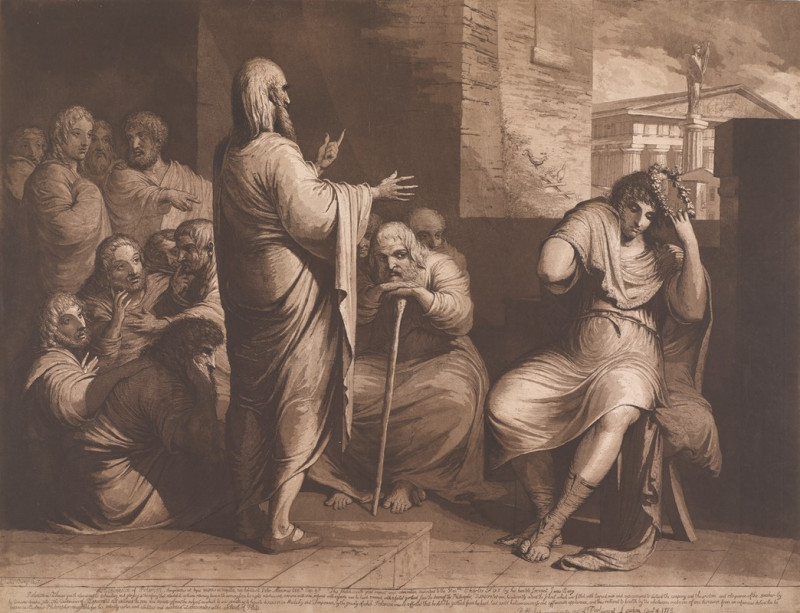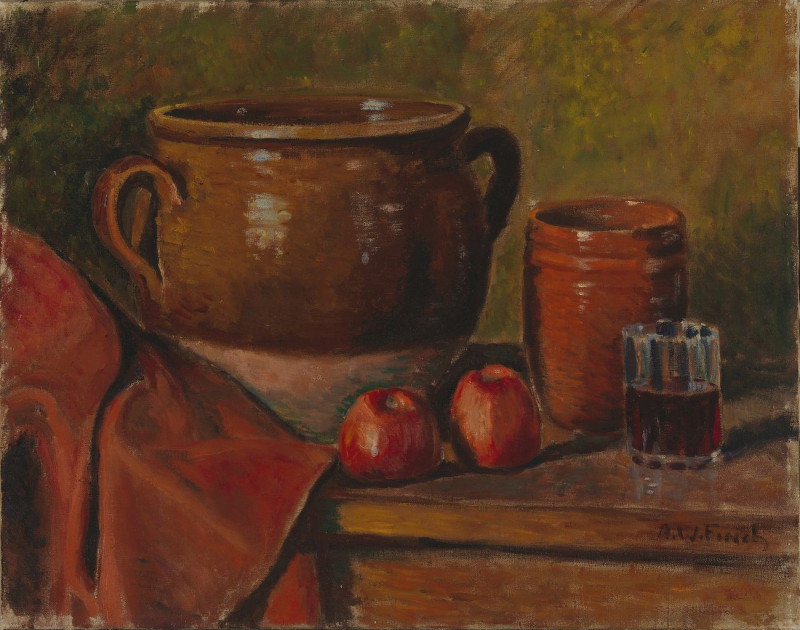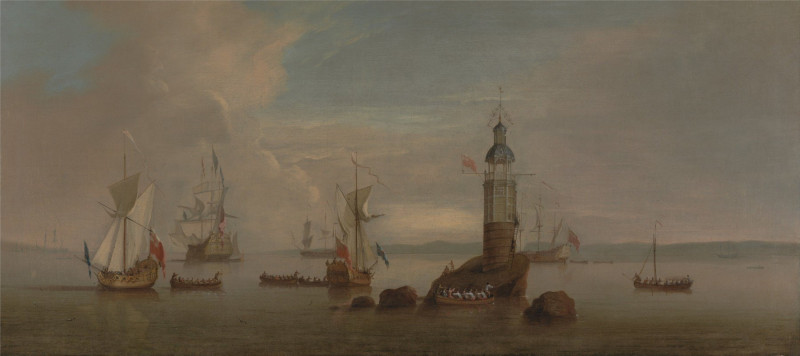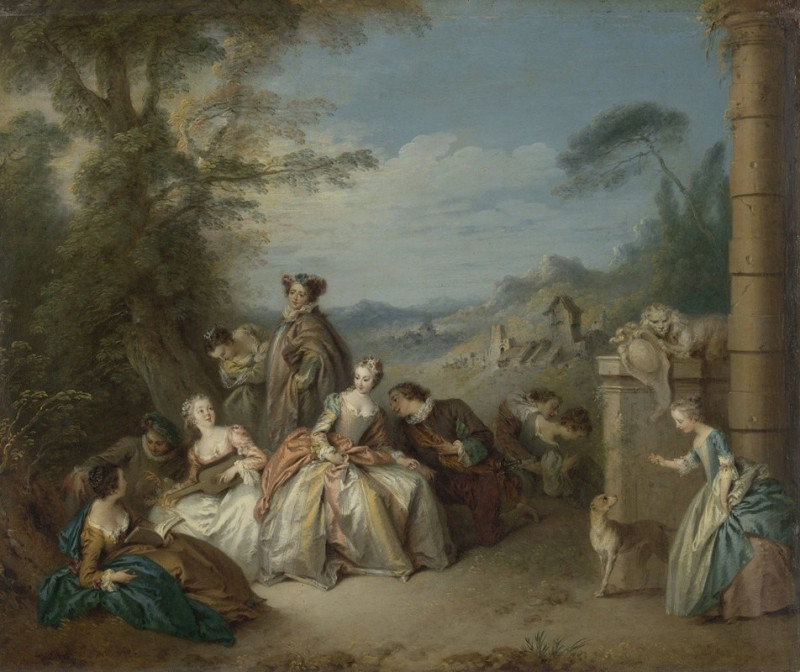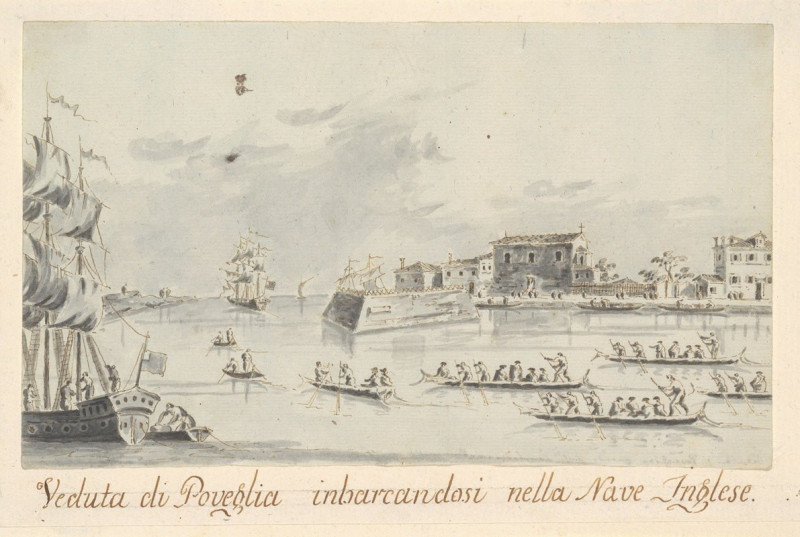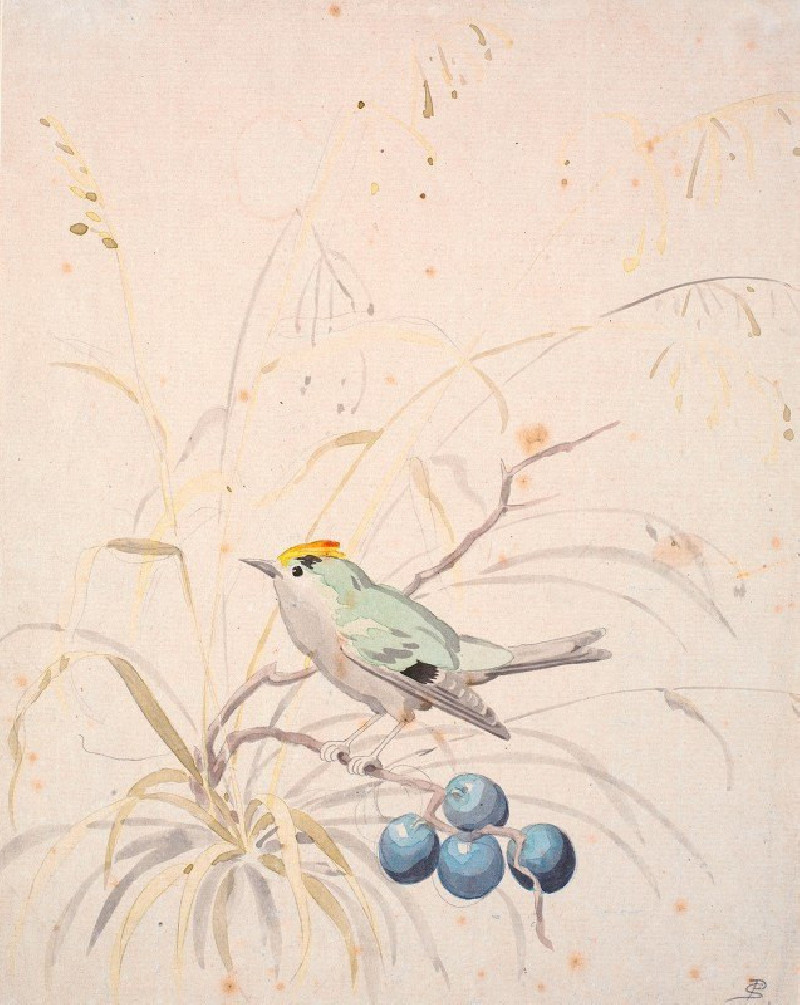Baum und Architektur–Rhythmen (Tree and Architecture–Rhythms) (1920)
Technique: Giclée quality print
Recommended by our customers
More about this artwork
"Baum und Architektur–Rhythmen" (Tree and Architecture–Rhythms) by Paul Klee is a captivating blend of natural shapes and structural forms, painted in 1920. This painting is a vivid exploration of the rhythms found in nature and the built environment, showcasing Klee's unique ability to blur the lines between the abstract and the representational.At first glance, the canvas is a mosaic of color, with patches of green, red, yellow, and blue, creating a rhythmic pattern that dances across the surface. The painting does not immediately disclose its subjects but upon closer inspection, the viewer can decipher elements reminiscent of a tree intertwined with architectural features. The shapes suggest parts of a building—perhaps windows or doors—merged into an organic form, symbolizing the tree itself.Klee's use of bold and contrasting colors enhances the dynamic interplay between these elements. The dark outlines against the vibrant colors not only highlight each segment but also contribute to a sense of depth and texture. This painting, like much of Klee's work, invites viewers to interpret the scene through their personal lens, discovering the harmony between the organic and the constructed worlds.
Delivery
Returns
Paul Klee was a Swiss-born German artist. His highly individual style was influenced by movements in art that included expressionism, cubism, and surrealism. Klee was a natural draftsman who experimented with and eventually deeply explored color theory, writing about it extensively; his lectures Writings on Form and Design Theory (Schriften zur Form und Gestaltungslehre), published in English as the Paul Klee Notebooks, are held to be as important for modern art as Leonardo da Vinci's A Treatise on Painting for the Renaissance.
































